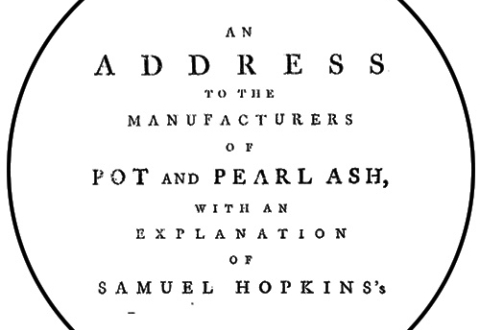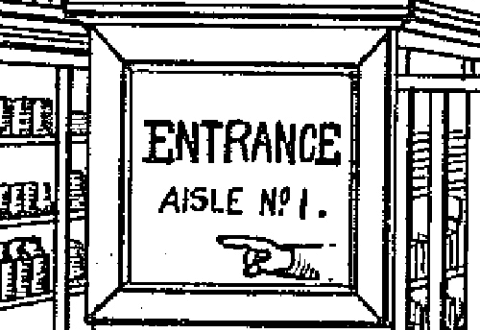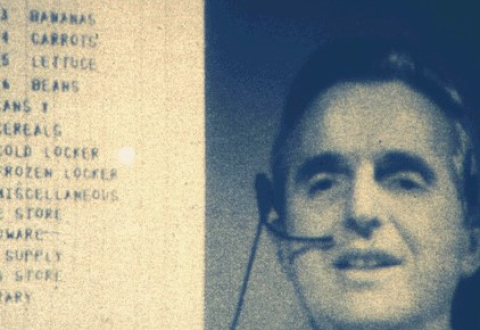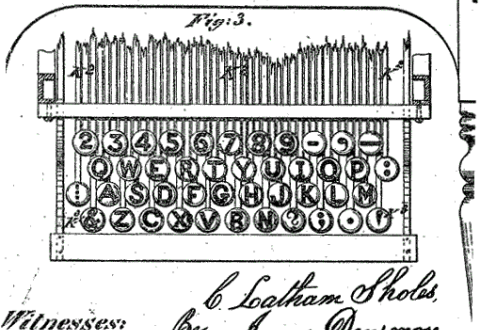The Lemelson Center exists to promote the study ofinvention and innovation. Suppose you invent something, a new tool or a new way of doing things. Suppose you innovate by writing a book, painting a picture, making a photograph, or designing a building. How do you make sure that any rewards from your efforts go only to you or to those you share your invention or innovation with?
The U.S. Constitution allows the Congress to make laws that support inventors and authors. Following the history of England, where our laws originated, we protect inventors by letters patent (which we call patents) and our innovators by copyright. Patents prevent others from making, using, selling, or offering for sale anything that matches the claims of a patent issued by the United States. Copyright gives the author the exclusive right to make copies of the innovation. These two forms of what we call intellectual property, patents and copyrights, are mandated by our Constitution and are thus exclusively under federal law.
We also police our commerce, based on free enterprise, by keeping competition among businesses as fair as we can. This attempt at fairness gives rise to two other forms of intellectual property, trademarks and trade secrets. If you are known to sell your goods or services under a particular name or device, no one can copy the way you identify your wares. If you’ve figured out a way to do things that no one else knows about except through you, you can protect what you do from those who, learning your secrets, attempt to compete with you.
Thus we have four forms of intellectual property: patents, copyrights, trademarks, and trade secrets. The first two are governed exclusively by federal law. The second two fall under both federal and state law.
From Prototype, June 2012.






